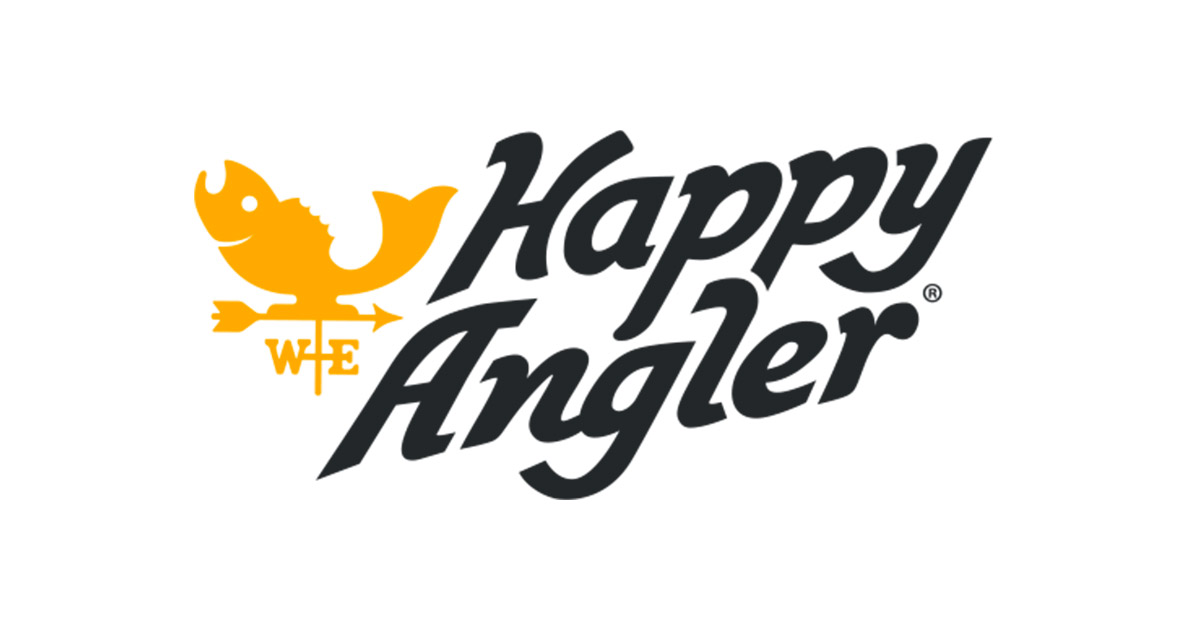
Jig fishing
Jig fishing consists of using various rod and reel techniques to move the jig in a way that provokes fish to attack. Jig fishing is primarily done near the bottom. In jig fishing, it is important to choose the right equipment to ensure as efficient and practical fishing as possible.
Equipment
- Rod: 180–195 cm, 1/3-actioned spinning reel rod, to ensure sufficient rigidity for hooking even larger zander.
- Reel: Size 1000–1500 spinning reel with an anti-reverse bail to ensure the best possible feel and avoid leaving slack for the fish during the counter attack.
- Line: 0.10–0.40 mm braided line. Choose a line that is highly visible, such as a fluorescent yellow option, as that will make it easier to detect. One of the advantages of using a braided line is its non-stretching quality, which improves the feel and enables more effective hooking. Thinner lines also allow for longer casting and are less vulnerable to wind while fishing.
- Leader: We recommend adding a 0.30–0.40 mm monofilament of fluorocarbon leader onto the end of your braided line. This will provide better abrasion resistance in rocky areas and against the sharp teeth of pike. The leader will also stabilize the jig's movement slightly.
Choosing the right jig head
Choosing the right jig head is one of the most important aspects of jig fishing. Here are some guidelines for choosing the right jig head.
Remember to account for the wind and the water temperature and currents. In colder water, slow movements are more likely to be effective, which means that you should choose a jig head that is smaller than suggested by the guidelines. In turn, when the water is warmer, you might want to try a heavier jig head for harder and faster movement.
You can choose a significantly higher jig head when fishing in flowing water. The important thing is to ensure that you retain a good feel for the bottom at all times while fishing.
Also remember to account for the line when jig fishing:
The below chart is based on 0.12 mm braided line with a 1.5-meter leader that is 0.35 mm thick.
If you are using a stronger line, the surface area and wind impact is increased and the jig head will be more buoyant in the water, thus affecting the sinking speed of the jig.
Depth Jig head weight
1 m 3 g
2 m 5 g
3 m 5–7 g
4 m 7–10 g
5 m 10–12 g
6 m 10–12–15 g
7 m 10–12–15 g
8 m 12–15–17 g
9 m 12–15–17 g
10 m 15–17–20 g
TEXT & VIDEO:
Kalle Paavola






